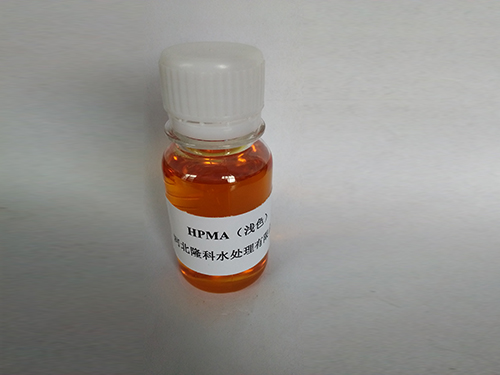cationic polyacrylamide
Exploring the Applications and Benefits of Cationic Polyacrylamide
Cationic polyacrylamide (CPAM) is a water-soluble polymer that has gained significant attention in various industries due to its remarkable properties and versatility. As a derivative of polyacrylamide, CPAM features positively charged groups that enhance its ability to interact with anionic materials in water. This unique characteristic makes it particularly valuable in numerous applications, ranging from wastewater treatment to the enhancement of agricultural productivity.
One of the most notable applications of cationic polyacrylamide is in the field of wastewater treatment. In many industrial processes, substantial amounts of sludge and pollutants are generated, leading to environmental contamination. CPAM functions as a flocculant, promoting the aggregation of suspended particles and facilitating their removal from wastewater. When introduced to sludge, CPAM binds to negatively charged particles, causing them to clump together and settle at the bottom. This not only improves the clarity of treated water but also reduces the volume of sludge that needs to be disposed of, ultimately contributing to more sustainable waste management practices.
In the agricultural sector, cationic polyacrylamide is utilized for soil erosion control and moisture retention
. By applying CPAM to soil, farmers can significantly reduce the dispersal of soil particles during irrigation or rainfall. The polymer forms a protective film around soil particles, preventing them from being washed away while simultaneously improving the soil's ability to retain moisture. This is particularly beneficial in arid regions where water conservation is crucial. Moreover, CPAM can enhance seed germination and crop yield by improving soil structure and nutrient availability, making it an invaluable tool for sustainable agriculture.cationic polyacrylamide

In addition to environmental applications, CPAM is also employed in the paper and pulp industry. The polymer acts as a retention aid, which helps improve the retention of fine particles and fillers during the papermaking process. This leads to higher-quality paper products with better strength and durability. Furthermore, CPAM can enhance the dewatering process, enabling manufacturers to produce paper more efficiently while minimizing waste.
Cationic polyacrylamide’s efficacy is not limited to industrial applications; it also finds its place in the cosmetic industry. The polymer is used in various personal care products, including shampoos, conditioners, and skin creams, due to its ability to improve the texture and feel of formulations. CPAM acts as a thickening agent, providing desirable viscosity and stability to cosmetic products. Additionally, its conditioning properties help enhance the moisture content of hair and skin, making it a popular choice among formulators seeking to offer premium quality products.
Despite the widespread use of cationic polyacrylamide, it is imperative to consider its environmental implications. While CPAM is generally considered safe when used appropriately, concerns have been raised regarding its potential toxicity to aquatic life and the degradation of the polymer in natural environments. Therefore, ongoing research focuses on developing biodegradable alternatives and optimizing usage conditions to mitigate any adverse effects.
In conclusion, cationic polyacrylamide is a versatile polymer with numerous applications across various industries. From improving wastewater treatment processes and enhancing agricultural productivity to contributing to the quality of paper products and cosmetics, its benefits are far-reaching. However, it is essential to approach its usage with caution, considering both its efficiency and environmental impact. As research and development progress, cationic polyacrylamide is likely to continue playing a crucial role in addressing contemporary challenges across multiple sectors, paving the way for innovative solutions that harmonize with ecological principles.
-
Pbtc Scale InhibitorPBTC: A Scale Protector for Industrial Water TreatmentNewsAug.05,2025
-
Organic Phosphonate: An Efficient Defender in the Field of Scale InhibitionNewsAug.05,2025
-
Hydrolyzed Polymaleic Anhydride: Green Pioneer in Scale Inhibition FieldNewsAug.05,2025
-
PAPEMP Polyamino Polyether Methylene Phosphonic Acid For SaleNewsAug.05,2025
-
Flocculant Water Treatment: A Pioneer in Purification in the Field of Water TreatmentNewsAug.05,2025
-
Benzyl Isothiazolinone: An Efficient and Broad-Spectrum Antibacterial Protective GuardNewsAug.05,2025





